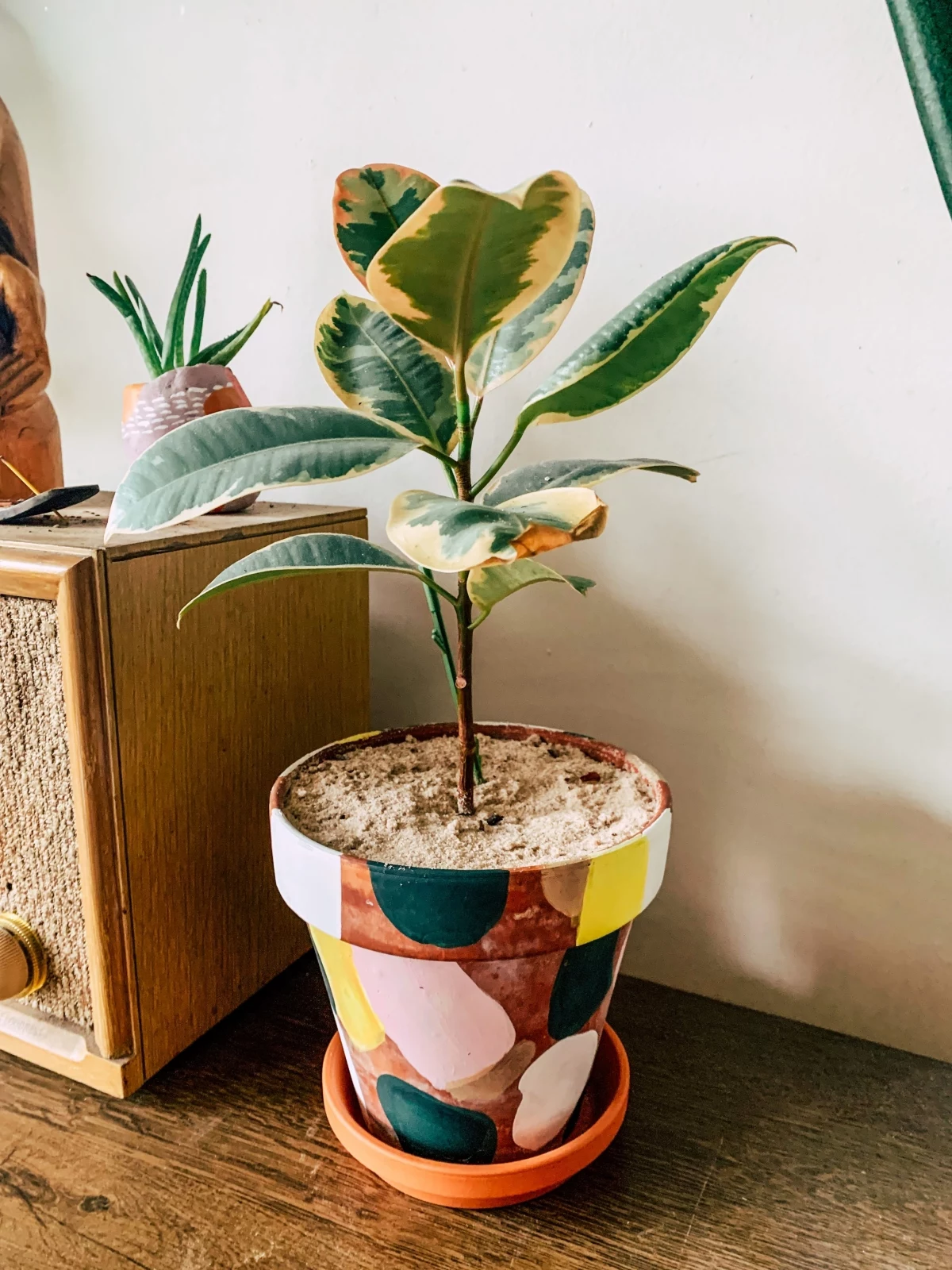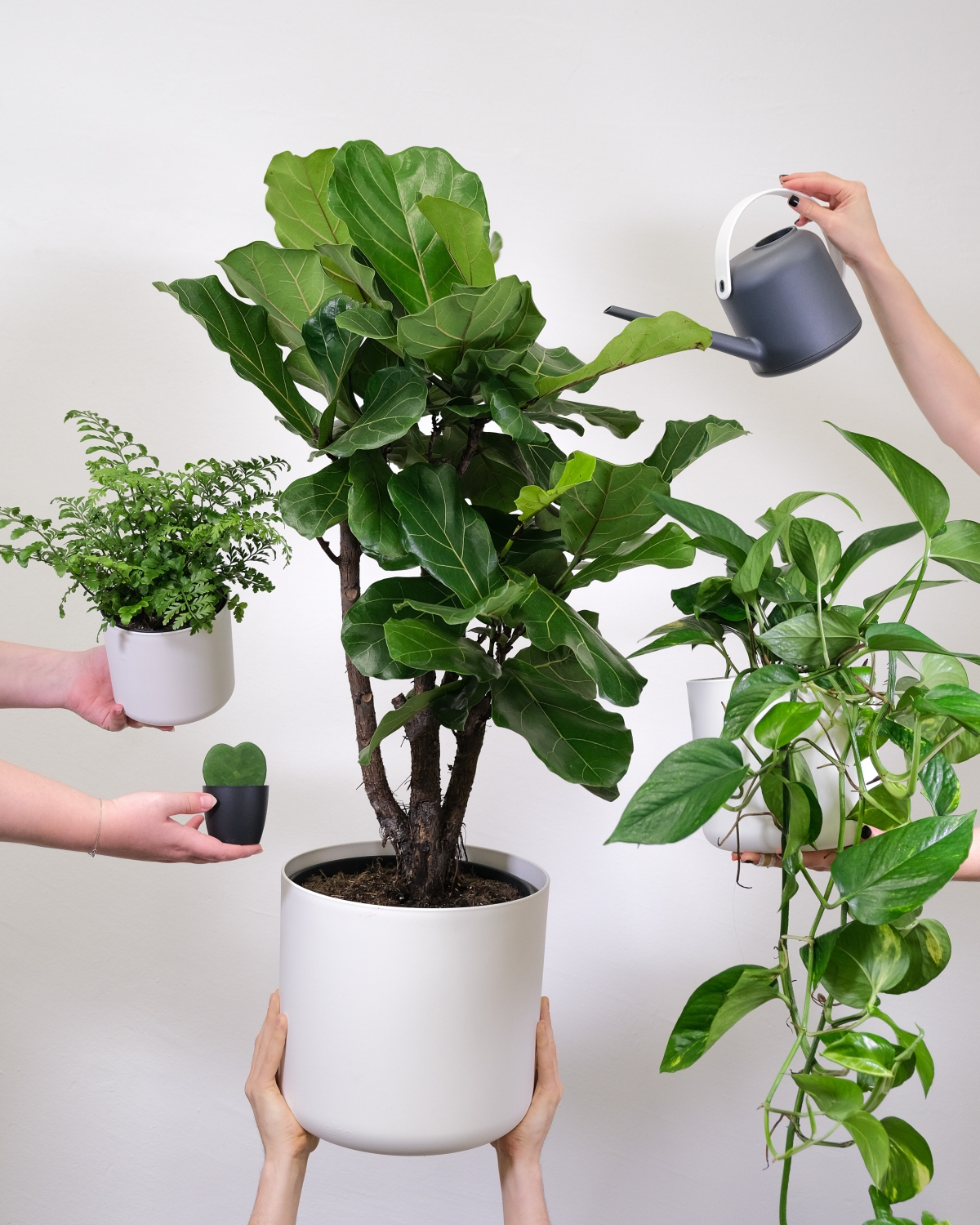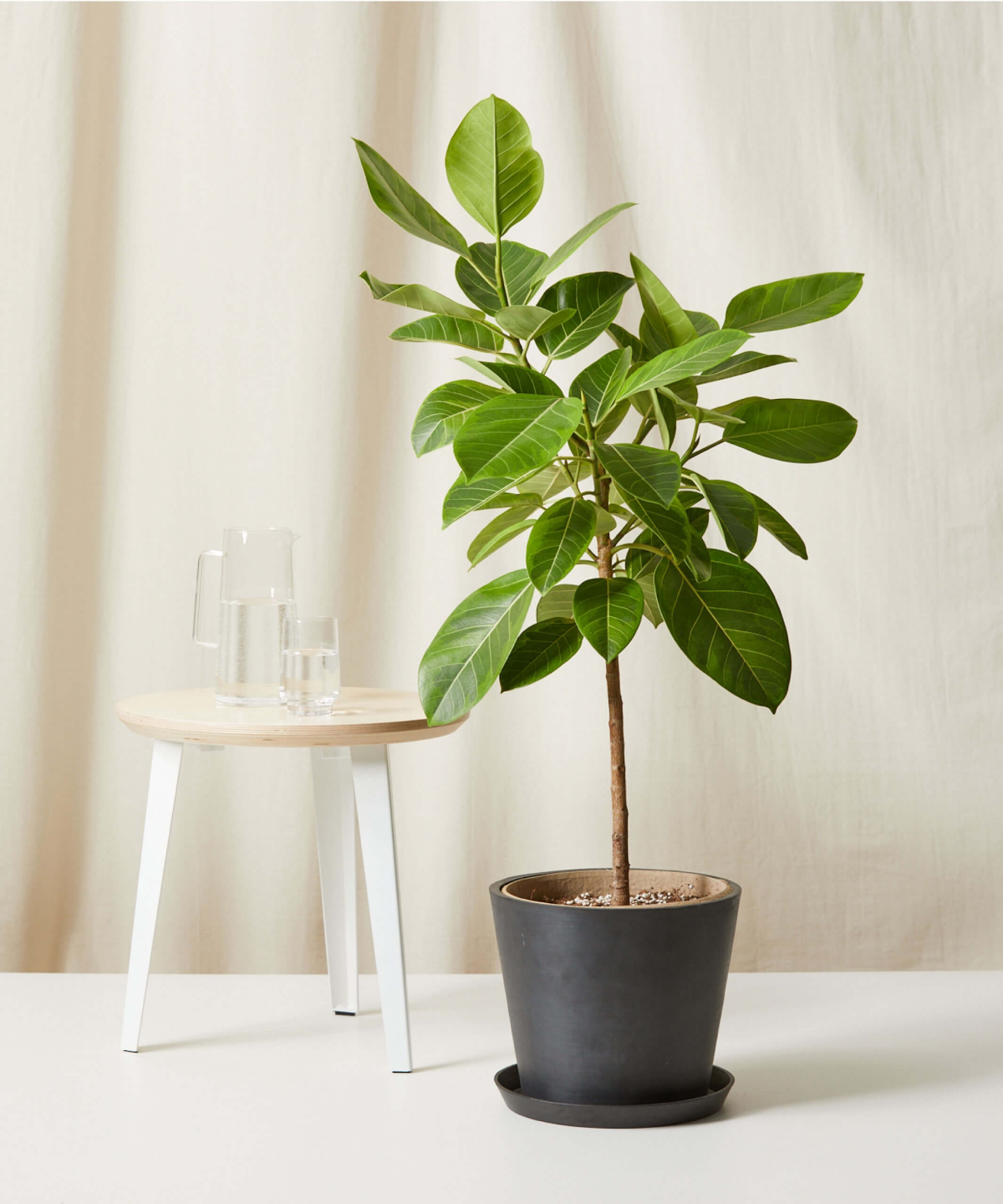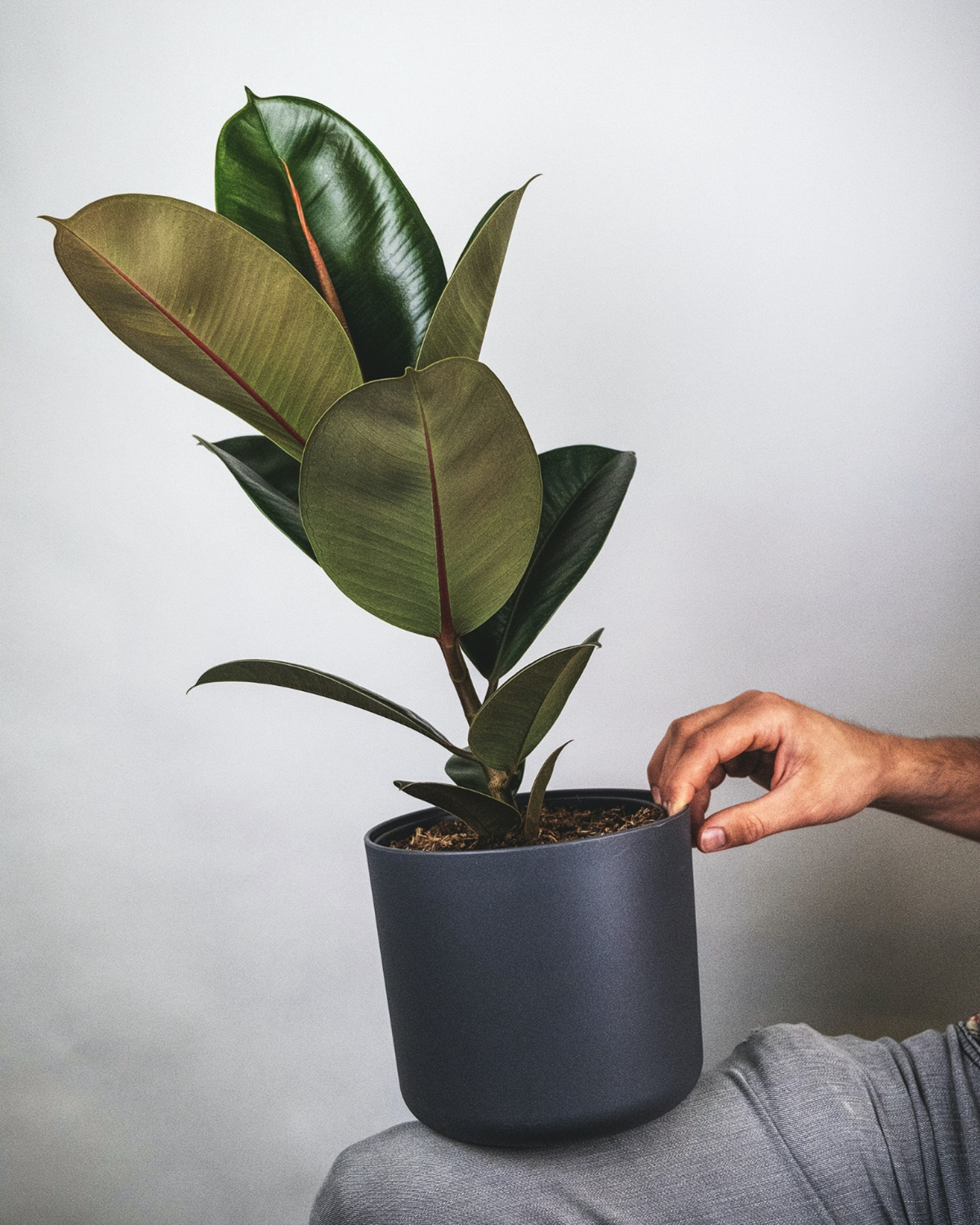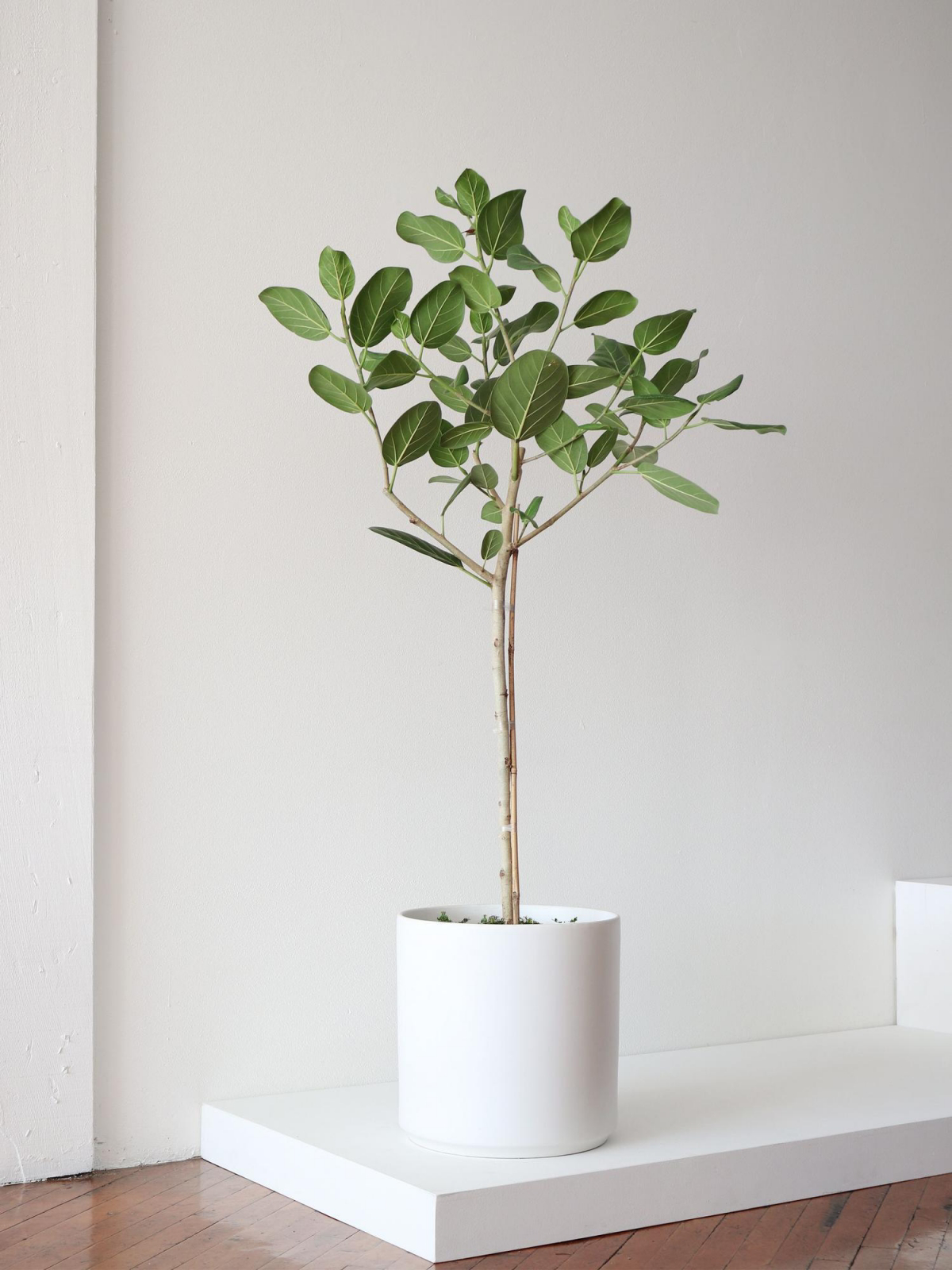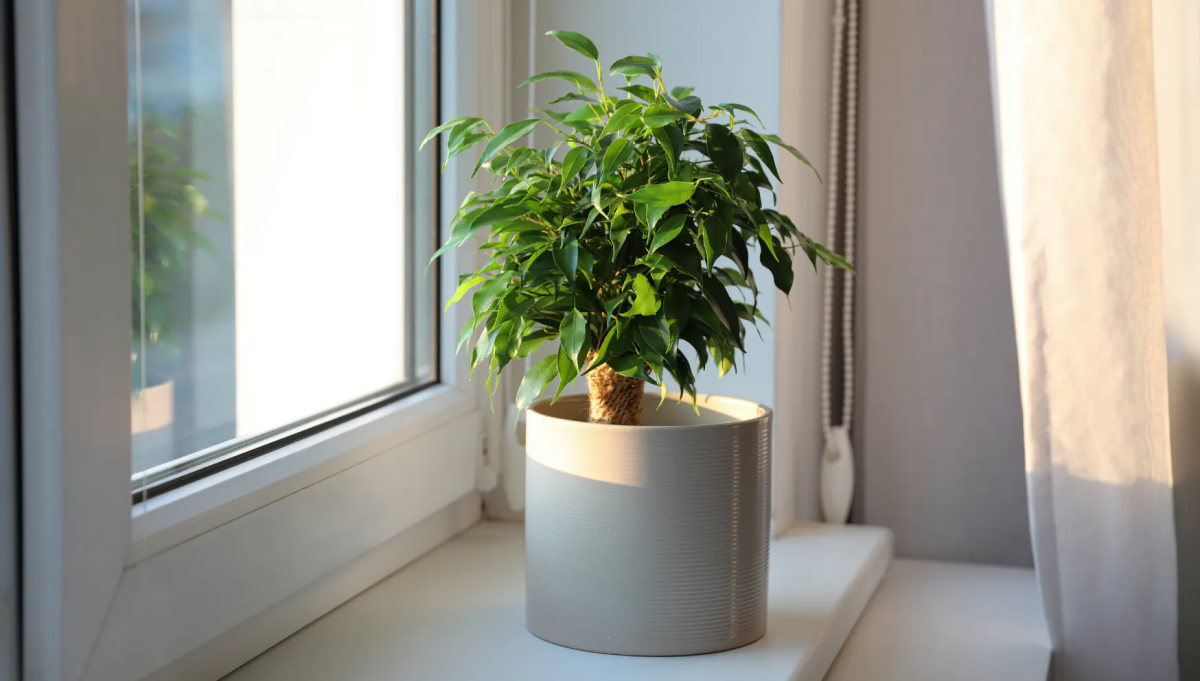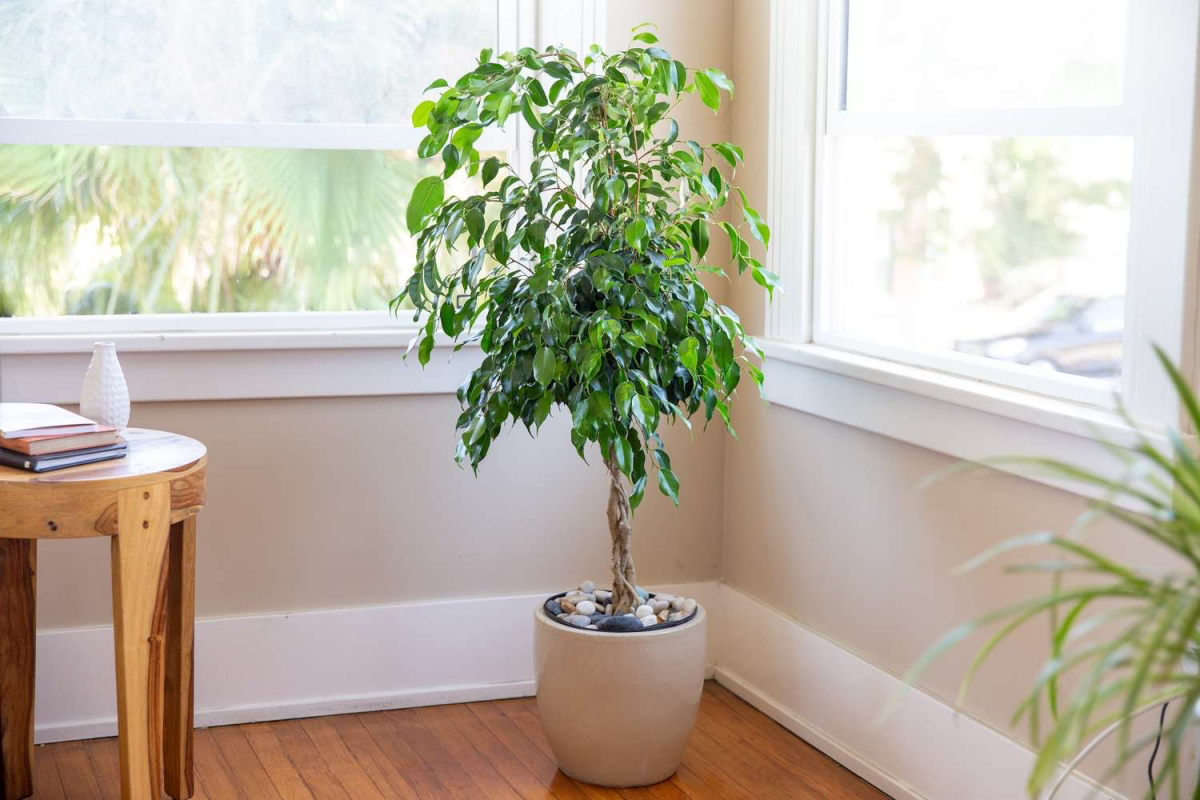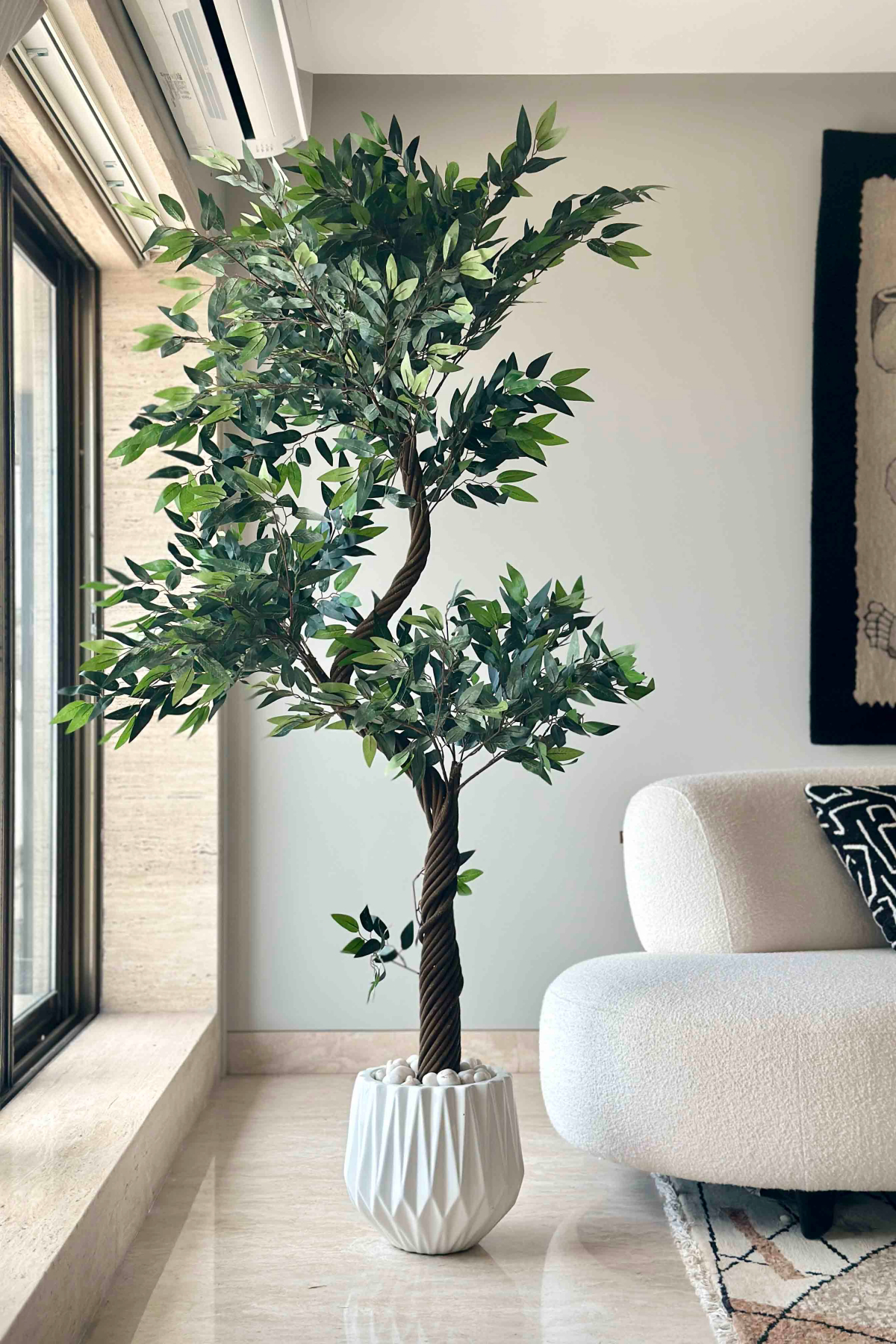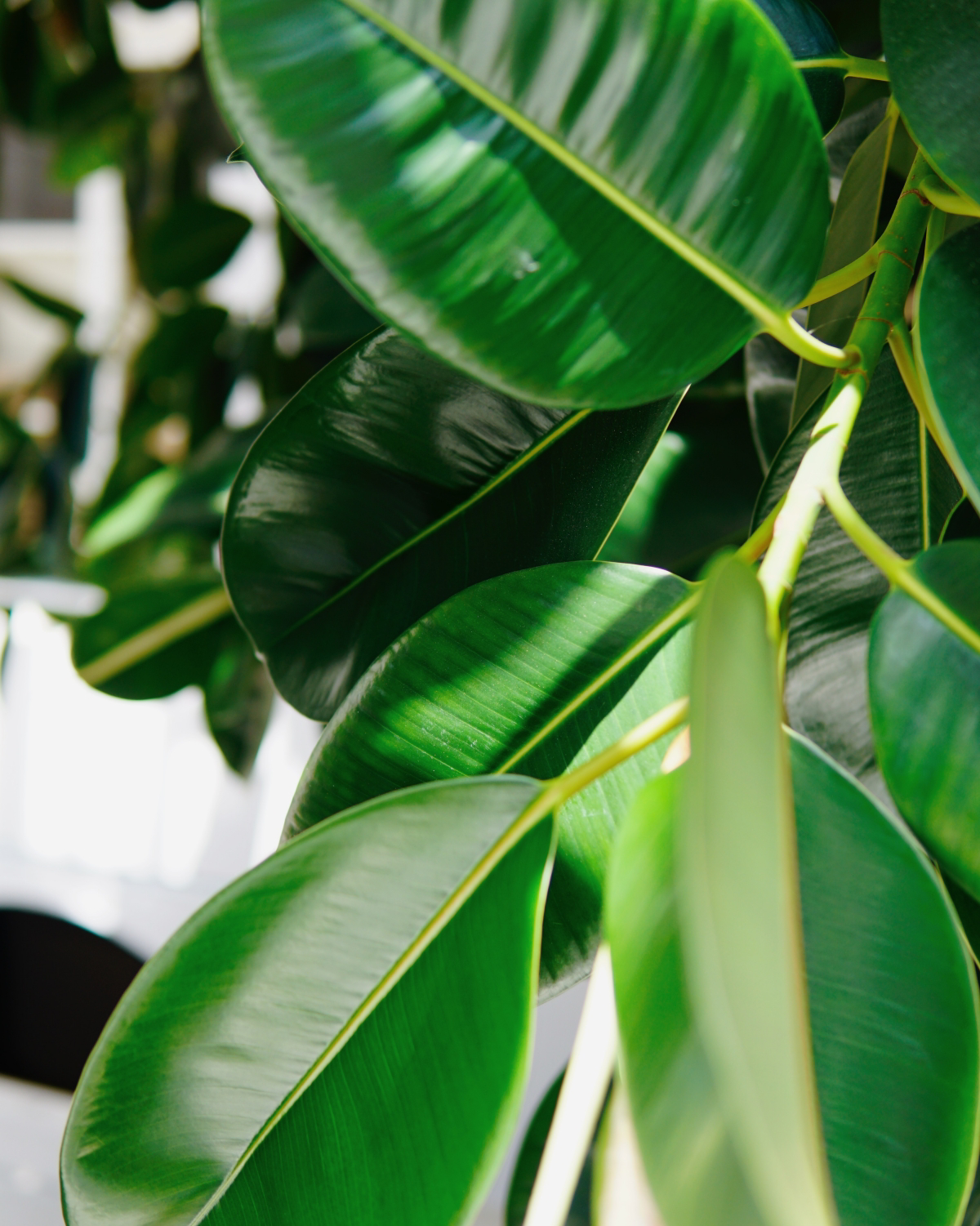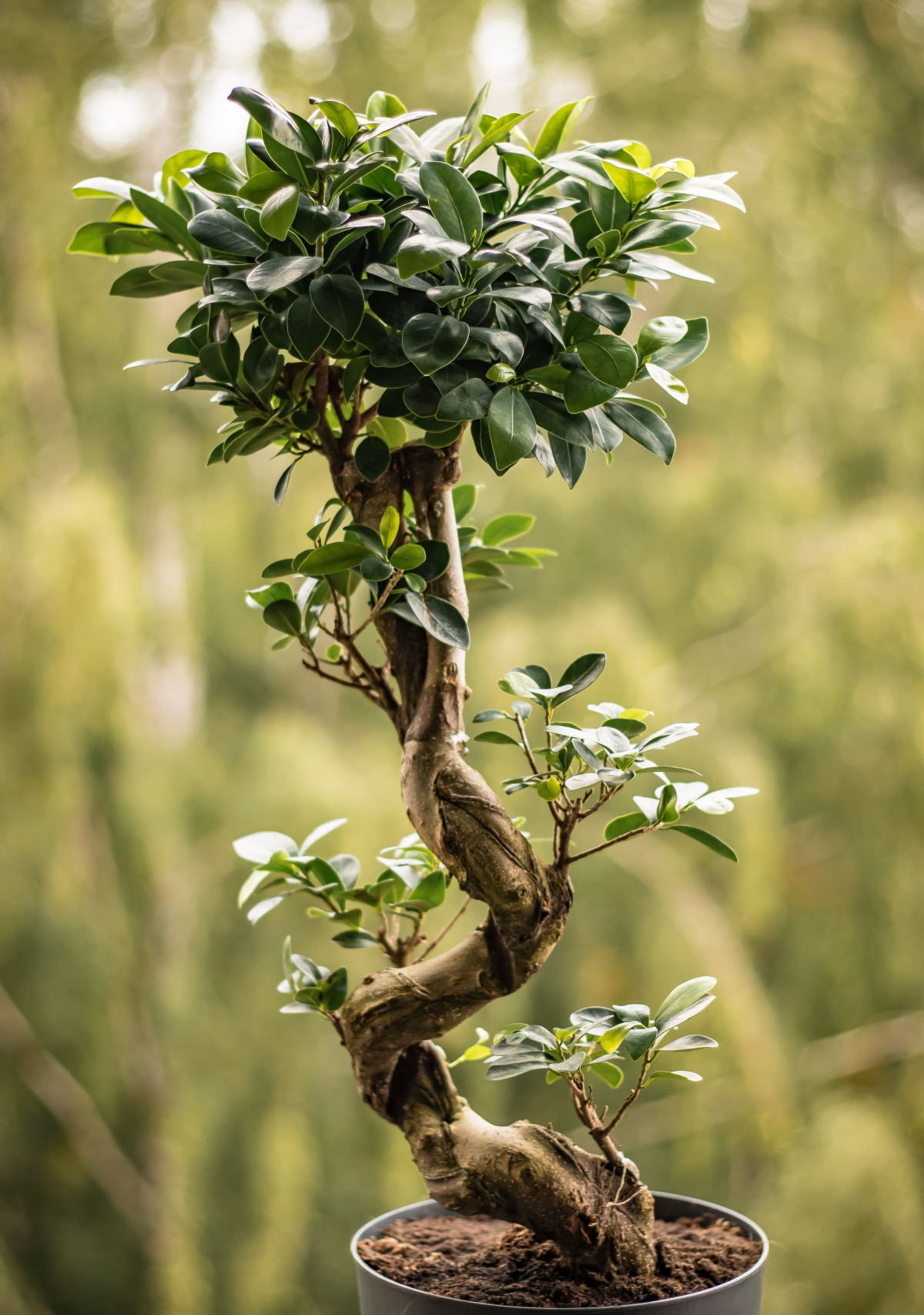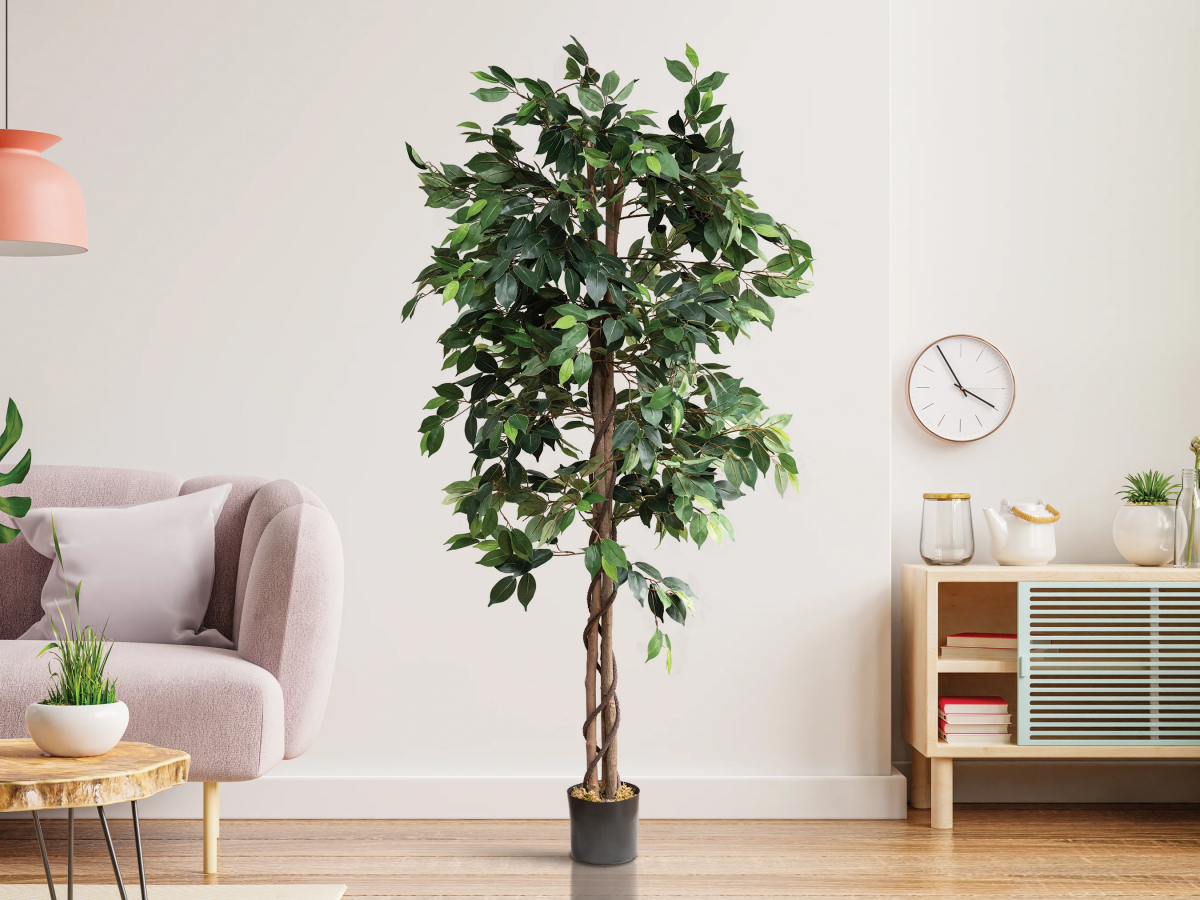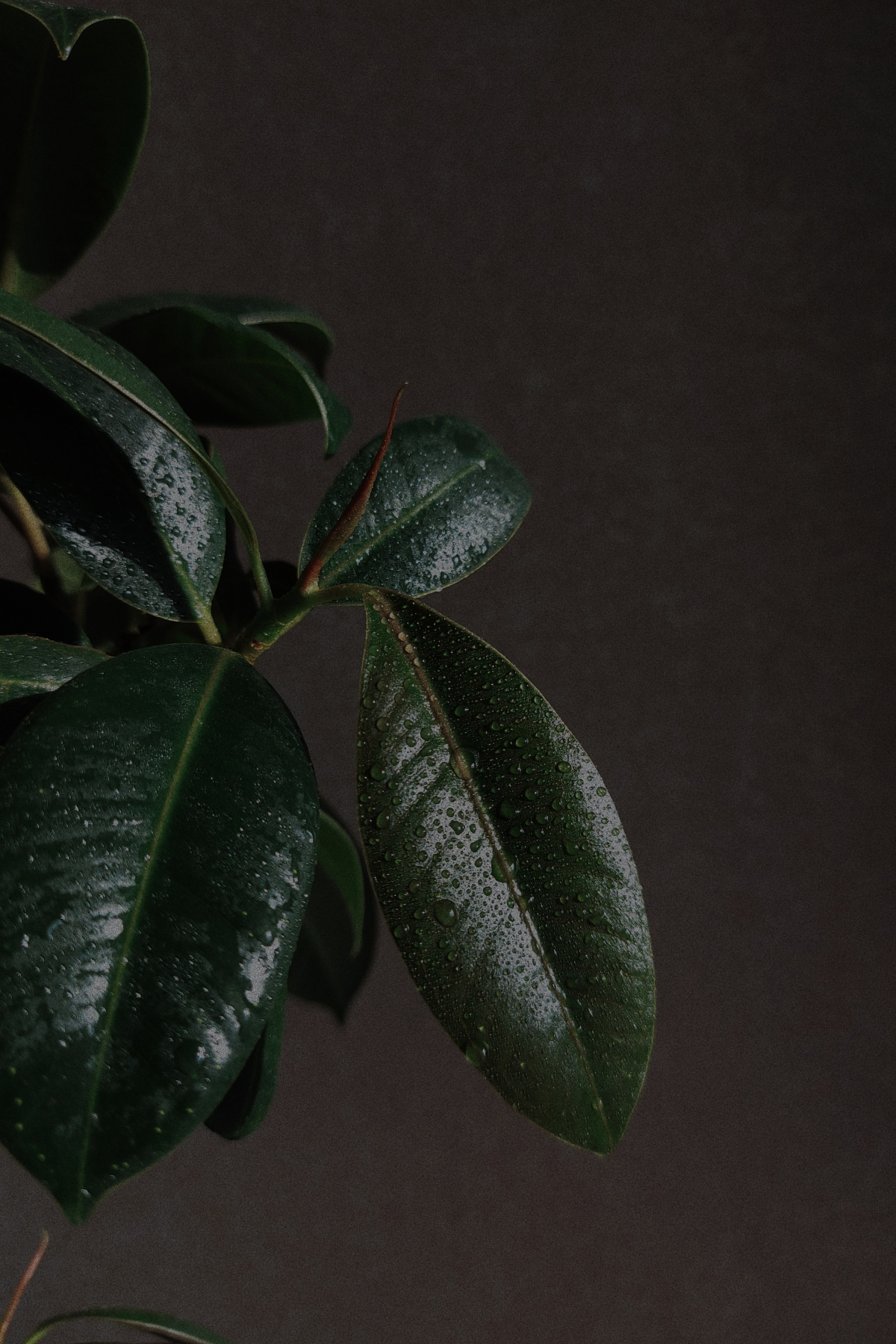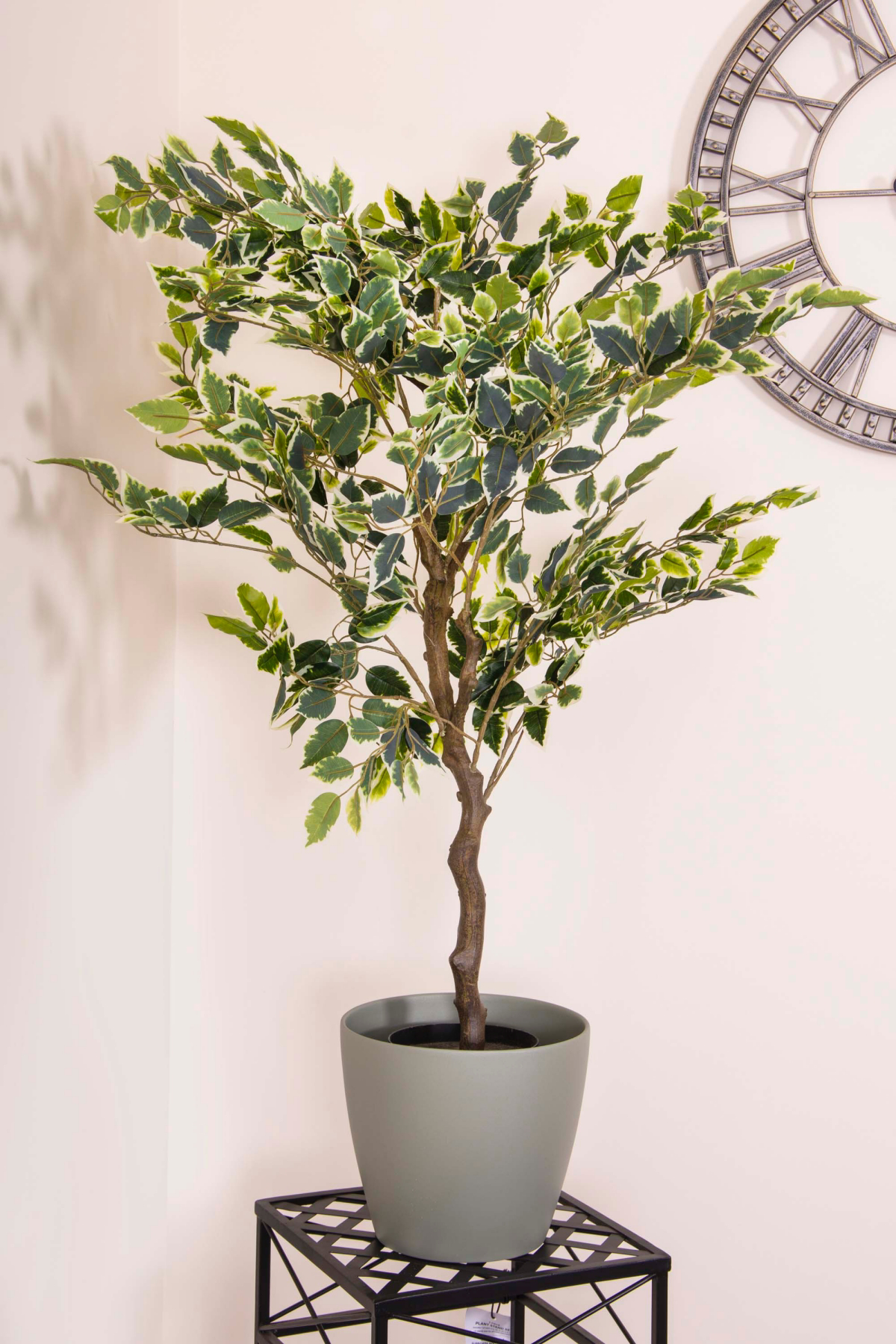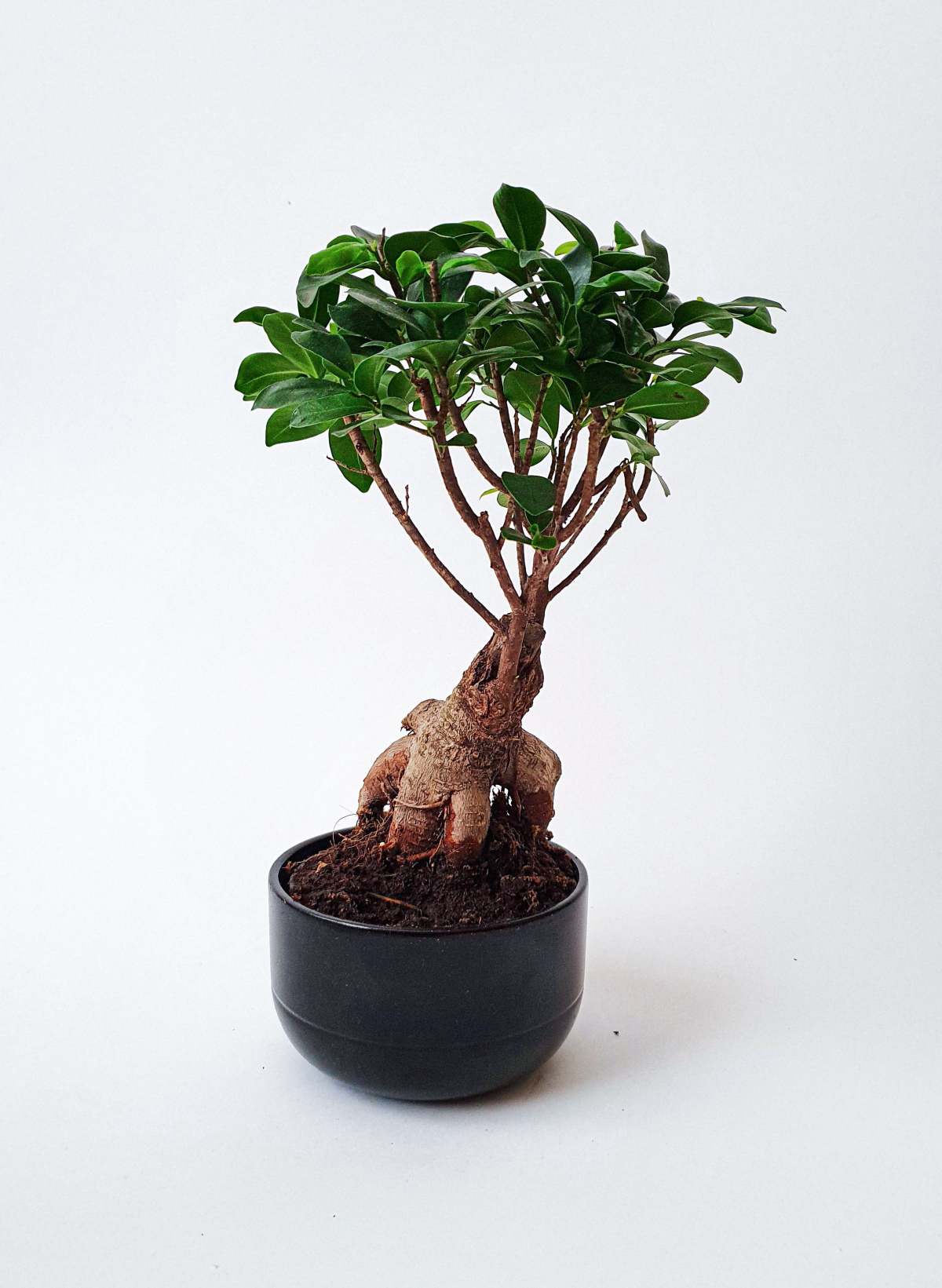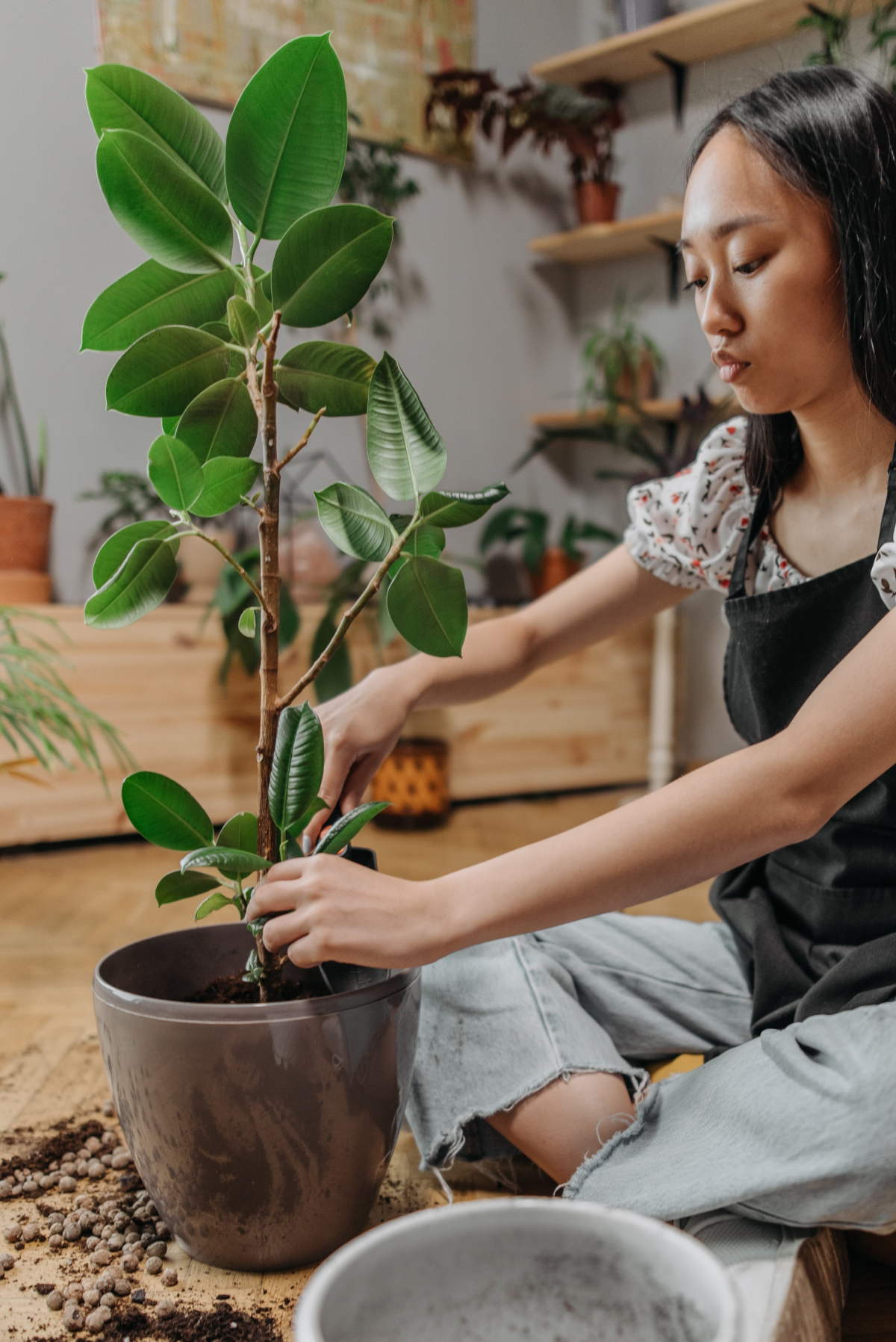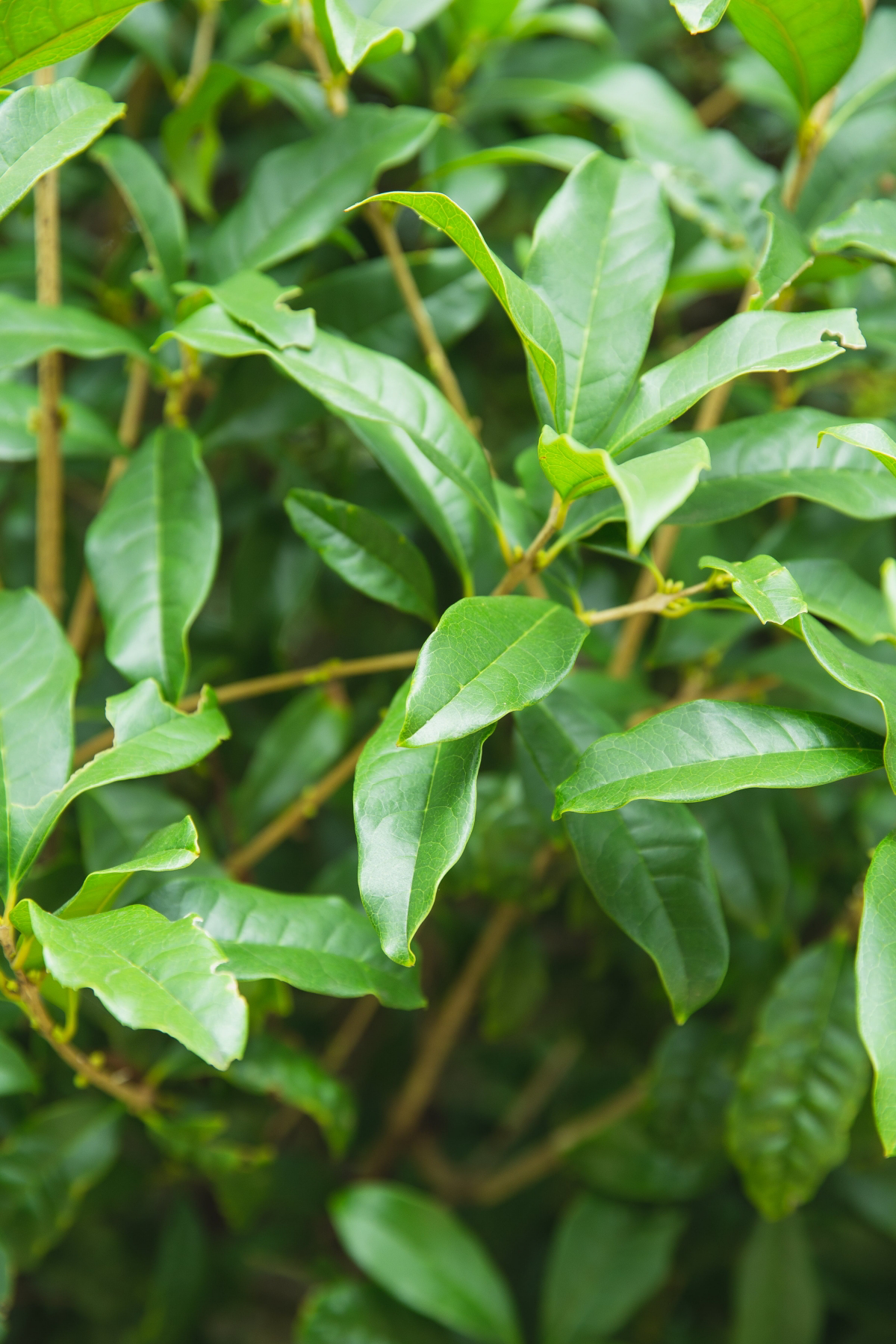The Ficus Tree Unveiled: How to Take Care of This Indoor Beauty
In the realm of indoor greenery, there exists a timeless beauty that adds a touch of elegance and tranquility to our living spaces. Today, I invite you to embark on a journey into the world of the ficus tree. With their lush foliage and air-purifying abilities, these plants have the power to transform your home into a verdant sanctuary. Whether you’re a seasoned plant enthusiast or just starting your botanical adventure, ficus trees are the perfect companions for creating a chic and inviting atmosphere.
Time to learn how to take care of indoor ficus trees
In this article
What is a Ficus Tree?
Ficus trees belong to the Moraceae family, which encompasses around 800 different species. These evergreen trees and shrubs are native to tropical and subtropical regions worldwide. What sets ficus trees apart is their distinctive glossy leaves, making them instantly recognizable. With various species to choose from, you can select a ficus tree that suits your space and aesthetic preferences. From the classic Ficus benjamina to the trendy Ficus lyrata, these plants bring a touch of the jungle indoors.
These trees and shrubs are native to tropical and subtropical regions
What are the Different Types of Ficus Trees?
Ficus trees, part of the Ficus genus, encompass a diverse range of species, each with its unique characteristics and appearances. Here are some common types of ficus trees:
- Ficus Benjamina (Weeping Fig): Known for its graceful, drooping branches and glossy, lance-shaped leaves, the Ficus Benjamina is one of the most popular indoor ficus varieties. It comes in various cultivars with different leaf colors and sizes.
- Ficus Elastica (Rubber Plant): Recognizable by its thick, rubbery leaves, the Ficus Elastica is a hardy indoor plant. It’s an excellent choice for beginners and can grow quite tall if given proper care.
- Ficus lyrata (Fiddle Leaf Fig): This ficus variety has gained immense popularity for its large, violin-shaped leaves. Fiddle Leaf Figs are known for their striking appearance and make a bold statement in interior decor.
- Ficus Microcarpa (Indian Laurel Fig): Often used for bonsai cultivation, the Ficus Microcarpa features small, dark green leaves and a twisting, gnarled trunk. It’s a charming choice for those interested in bonsai art.
- Ficus Retusa (Ginseng Ficus): Another ficus variety suitable for bonsai, the Ficus Retusa has glossy, dark green leaves and an interesting, twisted root system that adds character to its appearance.
- Ficus Pumila (Creeping Fig): Unlike most ficus trees, the Ficus Pumila is a creeping or climbing plant. It features small, heart-shaped leaves and is often used as a ground cover or for vertical gardening.
- Ficus Alii (Alii Fig): This ficus variety has long, narrow leaves that are less glossy than other species. It’s more tolerant of lower light conditions, making it an ideal choice for spaces with less sunlight.
- Ficus Amstel King (Amstel King Ficus): Characterized by its broad, shiny green leaves, the Ficus Amstel King is a robust indoor plant that can grow into a small tree over time.
- Ficus Audrey: With thick, elongated leaves and a tolerance for lower light conditions, the Ficus Audrey is gaining popularity as an alternative to the finicky Fiddle Leaf Fig.
- Ficus Triangularis: This ficus variety has unique triangular-shaped leaves and a compact growth habit. It’s an excellent choice for smaller spaces and is known for its distinctive foliage.
These are just a few examples of ficus tree varieties, and there are many more to explore within the Ficus genus. Each type offers its charm, making ficus trees a versatile and attractive choice for indoor and outdoor gardening.
Each ficus species has its unique characteristics and appearances
Who Should Get a Ficus Tree?
Ficus trees are an excellent choice for anyone who desires a sophisticated yet low-maintenance indoor plant. Whether you’re a busy professional, a devoted homemaker, or a retiree seeking green companionship, ficus trees adapt well to diverse lifestyles. Their versatility extends from office desks to living room corners, making them an ideal choice for those looking to elevate their home decor.
Ficus trees adapt well to diverse lifestyles
The Benefits of Owning a Ficus Tree
The allure of ficus trees goes beyond their aesthetic appeal. These green companions offer a multitude of benefits for both your physical environment and overall well-being:
- Air-Purifying Prowess: Ficus trees excel at purifying the air, removing pollutants, and increasing oxygen levels. Their presence can enhance indoor air quality, contributing to a healthier living space.
- Decor Elegance: With their glossy, vibrant leaves, ficus trees effortlessly complement various interior decor styles. Whether you prefer modern minimalism, classic elegance, or bohemian chic, there’s a ficus tree to suit your taste.
- Low Maintenance: Ficus trees are relatively easy to care for, making them an excellent choice for beginners. Their adaptability and resilience mean you don’t need a green thumb to enjoy their beauty.
- Stress Reduction: The calming presence of ficus trees can reduce stress levels and create a serene atmosphere in your home. Their lush greenery and timeless elegance have a soothing effect on the mind and soul.
The calming presence of ficus trees can reduce stress levels
Who Should Avoid This Plant?
While ficus trees are wonderful companions for many, there are a few considerations for potential owners:
- Pet Owners: If you have curious pets that may nibble on plants, ficus trees might not be the best choice. Some ficus species, like Ficus benjamina, can be toxic to cats and dogs if ingested.
If you have curious pets that may nibble on plants, ficus trees might not be the best choice
Is a Ficus Tree a Hard Plant to Take Care Of?
Ficus trees are generally considered low-maintenance, but like any plant, they have specific care requirements. Understanding these needs is key to ensuring your ficus thrives and graces your home with its timeless beauty. These elegant indoor companions thrive when you meet their specific needs, ensuring they grace your home with their timeless beauty. Here’s an in-depth exploration of ficus tree care:
Watering
Maintaining the right balance of moisture for your ficus tree is crucial. Here’s how to master the art of watering:
- Consistent Moisture: Keep the soil consistently moist, but never allow it to become waterlogged. Ficus trees appreciate even moisture throughout the root zone.
- Check the Top Inch: To gauge when it’s time to water, simply check the top inch of soil. When it feels dry to the touch, it’s time to water again.
- Say No to Waterlogged Soil: Avoid overwatering, as ficus trees detest sitting in waterlogged soil. It’s essential to maintain the balance between hydration and drainage.
Avoid overwatering, as ficus trees detest sitting in waterlogged soil
Light
Light is a vital factor in ficus tree care, and providing the right kind of light ensures their well-being:
- Bright, Indirect Sunlight: Ficus trees thrive in bright, indirect sunlight. While they can tolerate lower light conditions, they truly flourish when basking in ample natural light. This encourages healthy growth and vibrant foliage.
- Sun Exposure Caution: Avoid exposing your ficus tree to direct sunlight, as it can scorch the leaves and cause stress. Opt for filtered sunlight to create the perfect environment.
Avoid exposing your ficus tree to direct sunlight, as it can scorch the leaves
Temperature
Ficus trees appreciate a comfortable temperature range to thrive without stress:
- Ideal Temperature Range: Maintain a temperature between 60°F to 75°F (15°C to 24°C) for your ficus tree. Avoid placing it in areas prone to drafts and sudden temperature fluctuations, as this can cause undue stress to the plant.
Avoid placing this plant in areas prone to drafts and sudden temperature fluctuations
Fertilization
Proper nourishment is essential to keep your ficus tree healthy and thriving:
- Balanced Fertilization: Feed your ficus tree with a balanced, water-soluble fertilizer every 6-8 weeks during the growing season. This typically falls from spring to early autumn when the plant is actively growing.
- Follow Dosage Recommendations: Over-fertilizing can harm your ficus, so be sure to follow the recommended dosage on your chosen fertilizer. Balanced nutrition keeps your plant lush and vibrant.
Over-fertilizing can harm your ficus, so be sure to follow the recommended dosage
Placement
Selecting the right location for your ficus tree ensures it can truly shine:
- Ample Natural Light: Place your ficus tree in a spot with bright, filtered sunlight. While they can adapt to lower light conditions, the play of light on their variegated leaves is a sight to behold, and they’ll thrive when provided with abundant natural light.
Place your ficus tree in a spot with bright, filtered sunlight
Humidity
Creating the perfect microclimate is vital for your ficus tree’s well-being:
- Tropical Humidity: Ficus trees appreciate higher humidity levels, reminiscent of their tropical origins. Regular misting or using a humidity tray can help maintain the lushness of their leaves, ensuring they remain content and vibrant.
Ficus trees appreciate higher humidity levels, reminiscent of their tropical origins
Soil
Choosing the right soil blend ensures excellent drainage and promotes healthy root growth:
- Well-Draining Mix: Use well-draining potting soil for your ficus tree. A mixture of standard potting mix and perlite or orchid bark can enhance drainage capabilities, providing the ideal foundation for root development.
Use well-draining potting soil for your ficus tree
Type of Pot
Selecting the proper pot is vital to prevent waterlogging and provide adequate space for growth:
- Drainage Holes: Always choose a pot with drainage holes to prevent water from accumulating at the bottom. Proper drainage is essential for ficus tree health.
- Room to Grow: When repotting, opt for a container that’s slightly larger than the current one. This allows ample room for root growth and ensures your ficus continues to thrive.
Always choose a pot with drainage holes to prevent water from accumulating at the bottom
Repotting
Understanding when and how to repot your ficus tree is essential:
- Young vs. Mature Plants: Younger ficus trees may require repotting every 2-3 years to provide fresh soil and a larger container. Older, more established plants can go longer without a change of scenery.
- Ideal Time: Spring is the ideal season for repotting if your ficus tree needs it. This timing aligns with their natural growth cycle and minimizes stress on the plant.
Younger ficus trees may require repotting every 2-3 years
Propagation
For those interested in expanding their ficus family, propagation is a rewarding process:
- Stem Cuttings: Propagate ficus trees through stem cuttings. Snip a few inches of stem with one or more leaves and place it either in water or well-draining soil to encourage root development and growth.
Snip a few inches of stem with one or more leaves and place it either in water
Pests
Vigilance is key when it comes to protecting your ficus tree from potential pests:
- Common Pests: Keep an eye out for unwelcome guests like spider mites or mealybugs, which can occasionally target ficus trees.
- Prompt Action: If you detect any signs of infestation, address them promptly with solutions like neem oil or insecticidal soap to safeguard your plant’s well-being.
Keep an eye out for unwelcome guests like spider mites or mealybugs
Caring for a ficus tree may require attention to detail, but the rewards are endless—a lush, elegant, and timeless addition to your home that transforms your living space into a serene oasis of natural beauty and tranquility.
Conclusion
In the nurturing care of a ficus tree, you not only cultivate a lush, green companion but also infuse your home with elegance and serenity. These versatile plants thrive in diverse living environments, from bustling offices to cozy corners. With proper care and a touch of greenery, your space can transform into a haven of style and well-being. Embrace the ficus tree as your botanical confidant, and together, you’ll create a timeless bond of beauty and tranquility.
Now you know why a ficus tree is a great addition to your home!
